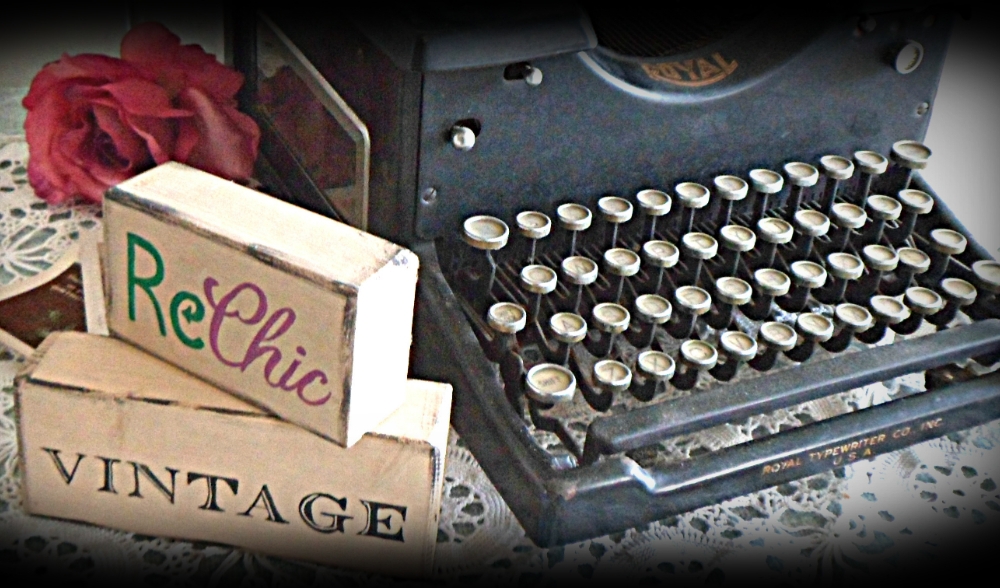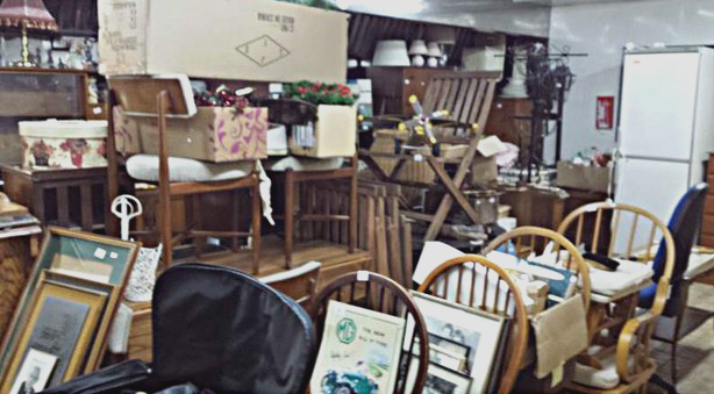
Charity shops and Dealers – The ethics of buying to sell on.
As I started my new blog and was sharing my experiences of vintage buying something happened while I was out vintage hunting that upset me a little and left me pondering..
I was in a charity shop the other day browsing for new finds when a female customer struck up a conversation with the woman behind the counter. They were talking across me as I stood in between them by the bric-a-brac and so it was impossible to avoid eavesdropping as I pondered the merits of some 1960’s glassware. The customer was looking at the clothing and complaining about the hike in prices over the last year. The shop assistant was explaining that the item she was looking at was designer, they lady said she ‘knew that but still, the days of picking up a real bargain were gone’. The shop assistant replied that ‘the charity needed the money’. The lady customer said that she blamed the ‘dealers coming in and snapping up all the bargains and pushing up the prices and how could they when it was a charity?’ Of course she had no idea that the quiet lady browsing next to her was one of those very heartless dealers she was talking about! So Anyway the shop assistant made some none committal noises and stayed on the fence and I made my escape feeling a strange mixture of ashamed and indignant.
This little encounter got me thinking about the morals of buying from charity shops to sell on, something I had never really thought about and I have neither boasted about or denied that it is something I do. I once ran a charity shop for a local charity that I believed in with all my heart and far from discourage dealers I was glad to see them as they were far more likely to buy older items and knew the true value of things other people might not. Indeed items the public might see as over priced often seemed cheap to the dealers.
Ironically I have often heard dealers complain about the rising prices in charity shops and many have stopped buying from them altogether. For my part I apply exactly the same approach to charity shops as I do to any where else I buy, i.e does the price plus my margin allow for me to still sell it at an attractive price to a customer, if the answer is yes I buy it and if it is no I don’t. I would NEVER haggle in a charity shop nor would I return goods. On the few occasions I have made really good money out of a charity shop buy I have been back and given a donation to the shop where I brought it although I haven’t explained why.
Anyway here are my thoughts on buying to sell from these shops and how I came to the conclusion that actually in my book it was just fine plus some myth busting at the same time.
a) Prices in charity shops have gone up as a direct result of government funding cuts. With less money coming in though government funding charities now have to operate as businesses to survive. Many are relying on their charity shops for their main revenue. This has nothing to do with dealers buying from them.
b)Dealers need to constantly find new stock so there for they can be dependable customers even when the weather is bad or the time of year is wrong. Contrary to popular belief most dealers do not have access to the back room of charity where they cream off all the goodies. I for one have never had such an arrangement and think very few do. I would go so far as to say that charity shops need the support of dealers to survive.
c)Dealers use their knowledge and expertise to add value to a product and place it in the right market place for maximum price. They may have spent many years making purchasing things in error and losing money on things to gain this knowledge, they probably still do from time to time. d)Many charity shops do now sell at online or physical auction houses. Online auctions have also make it easy to look up values of item which is another contributor to the price rises.They do not generally have the specialist clientele that many dealers work hard to attract with their knowledge.
e)Charity shops get their stock for free and us vintage dealers have to (rightly) pay for it which means we are behind until we sell it and at least in my experience, rarely make more than the charity did on a sale and sometimes we may lose, meaning that the charity shop did indeed get the best price, other times we may not. It is a risky business.
f)Finally just because I am a dealer doesn’t mean I am anything other than another person trying to make a living. I am a single parent of an autistic child and I can not go out to work in a regular job as he does not cope in childcare. What I make from buying and selling is what we use to survive, it puts food in our mouths and clothes on our back. I work very hard to find the right items to sell, things I feel passionate about, I do not just walk in to a charity shop and clear the shelves. I visit 10 or so shops every day and may not find anything at all in a week but still I need to be checking regularly. It is not like us dealers are all seeing and ever present, anyone can pick up a bargain if they are persistent enough. I feel there is plenty for all dealers, bargain hunter and casual buyers. We all want different things which is what helps charity shops work.
To sum up I am a great supporter of charities, I think dealers are necessary part of the income of charity shops and I don’t believe we push up prices in them. I hope that people realise that we are not monsters we are just people trying to make a living and I for one am very proud of what I do and know I go about it with a strong moral code and not without considering others livelihoods be they charity or individual. Feel free to add your thoughts in the comments box below.
If you wish to see some of my items or hear more of my ramblings you can find me on facebook @ https://www.facebook.com/rechicvintage

